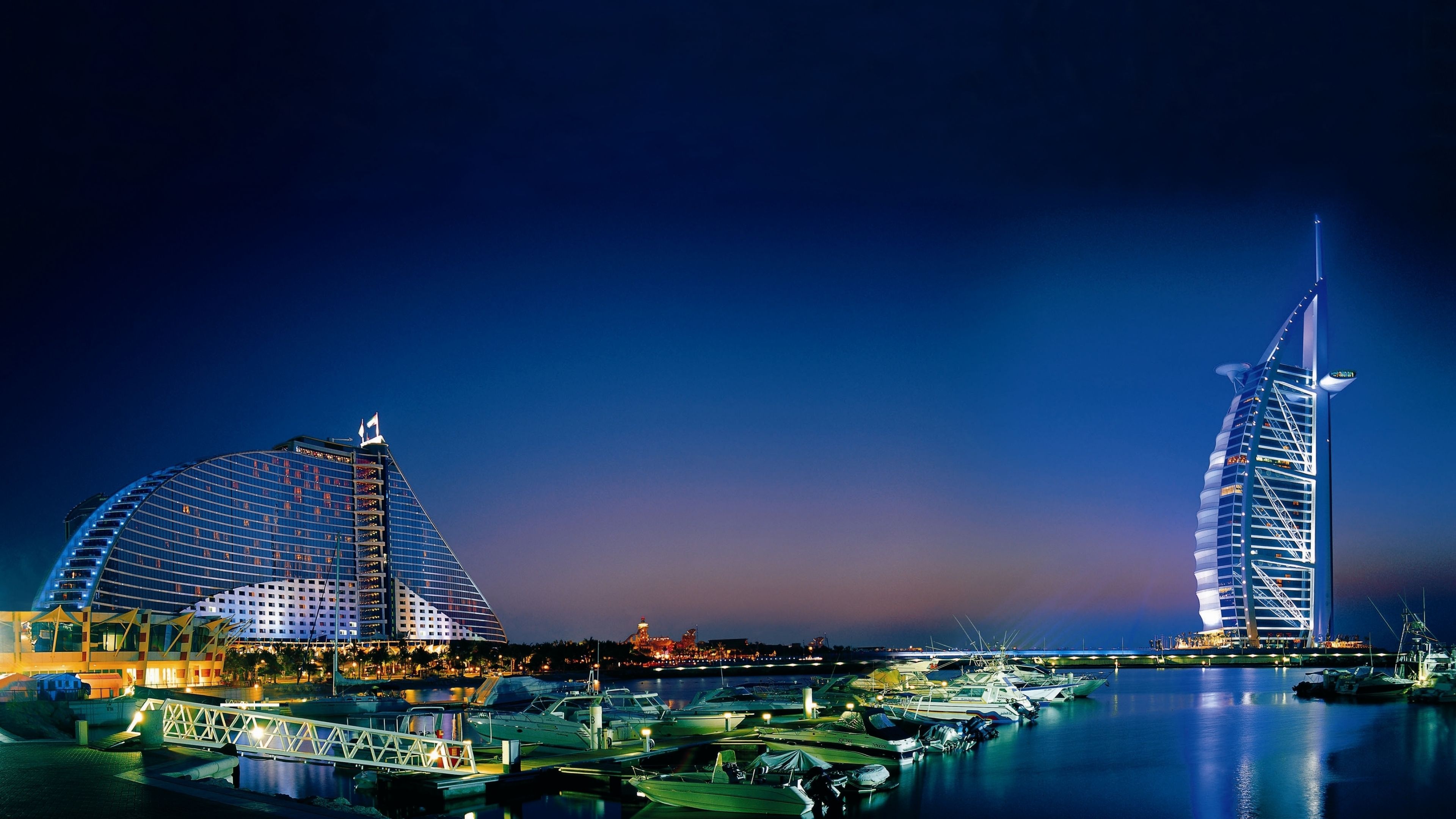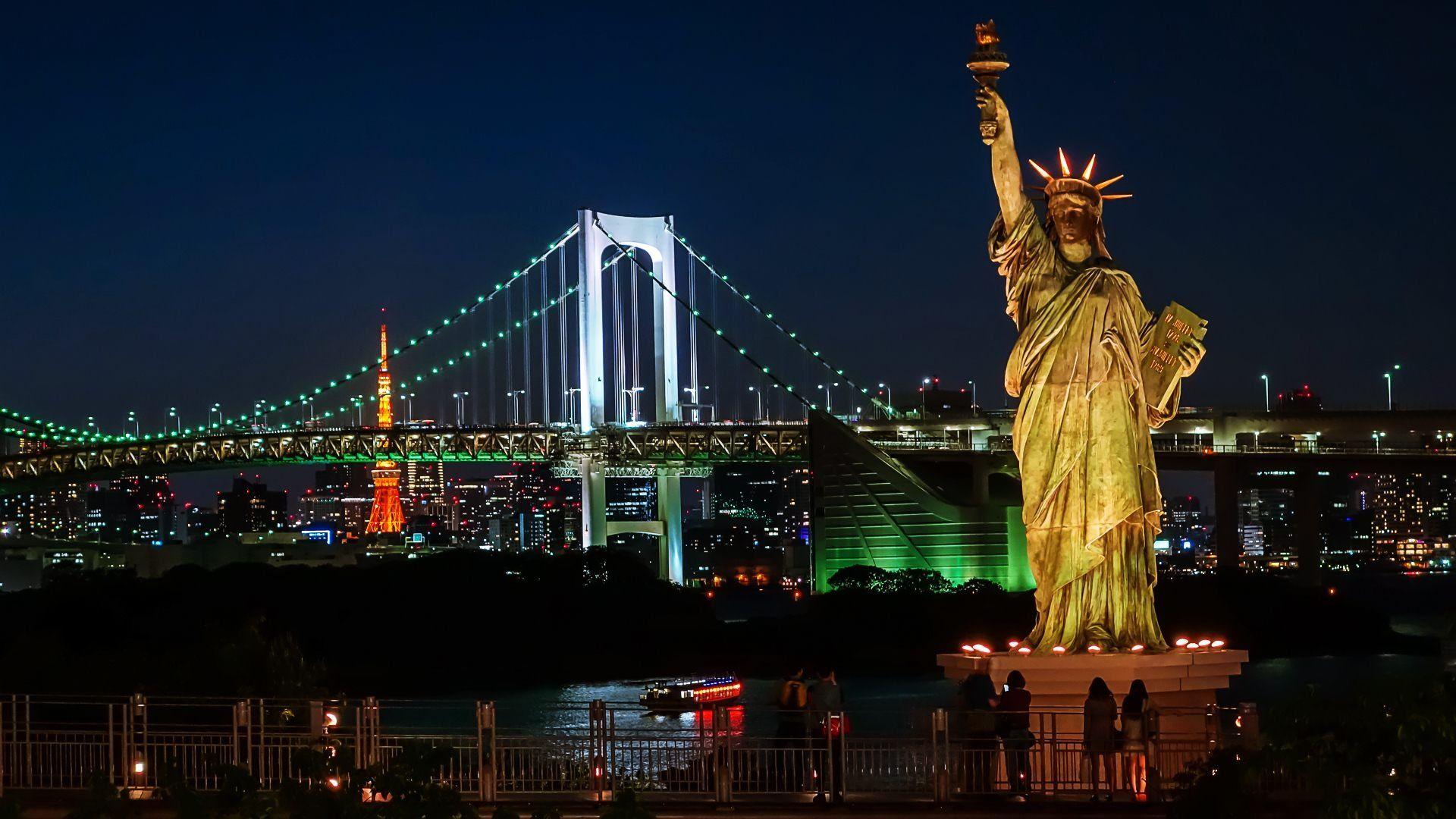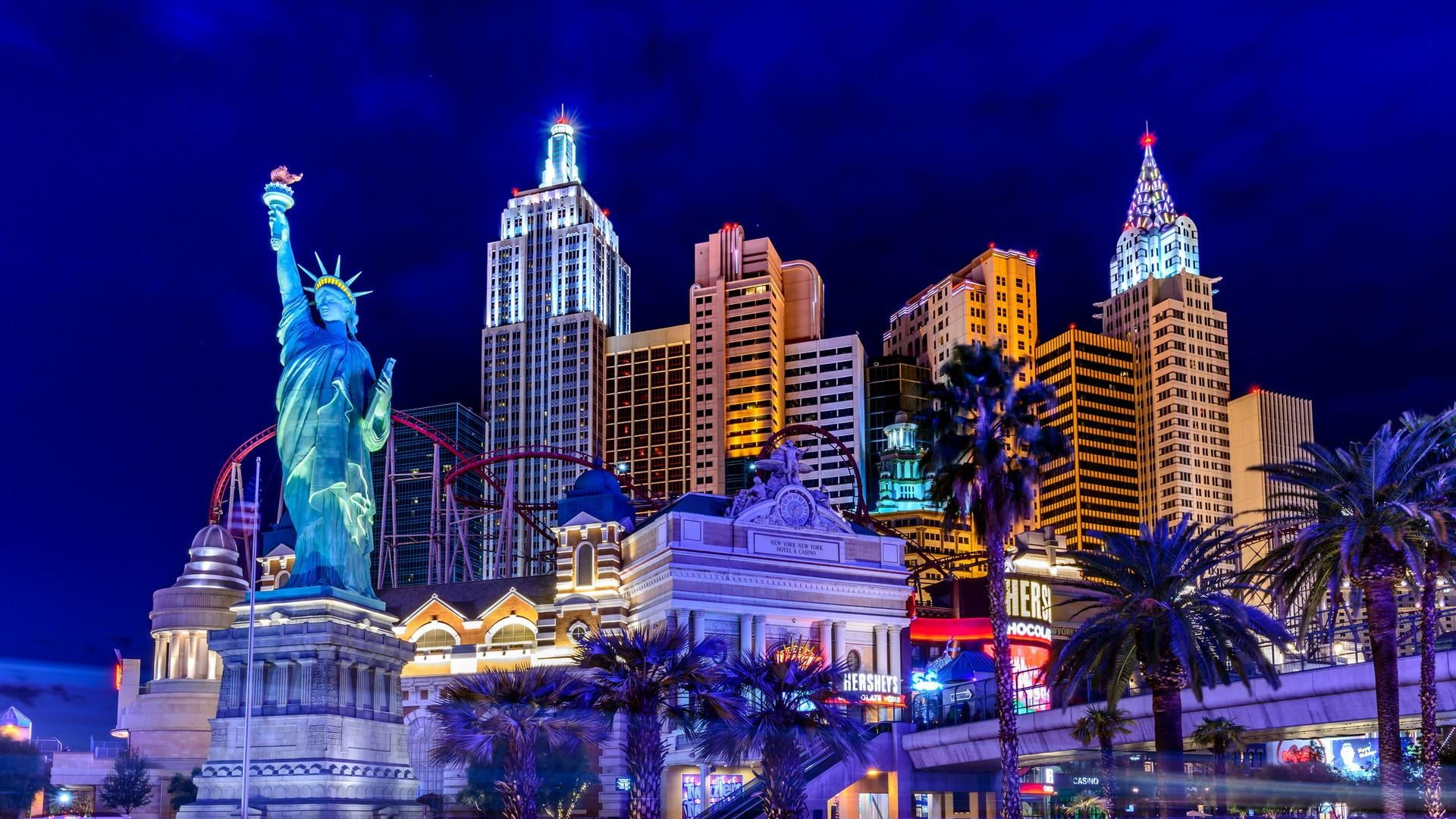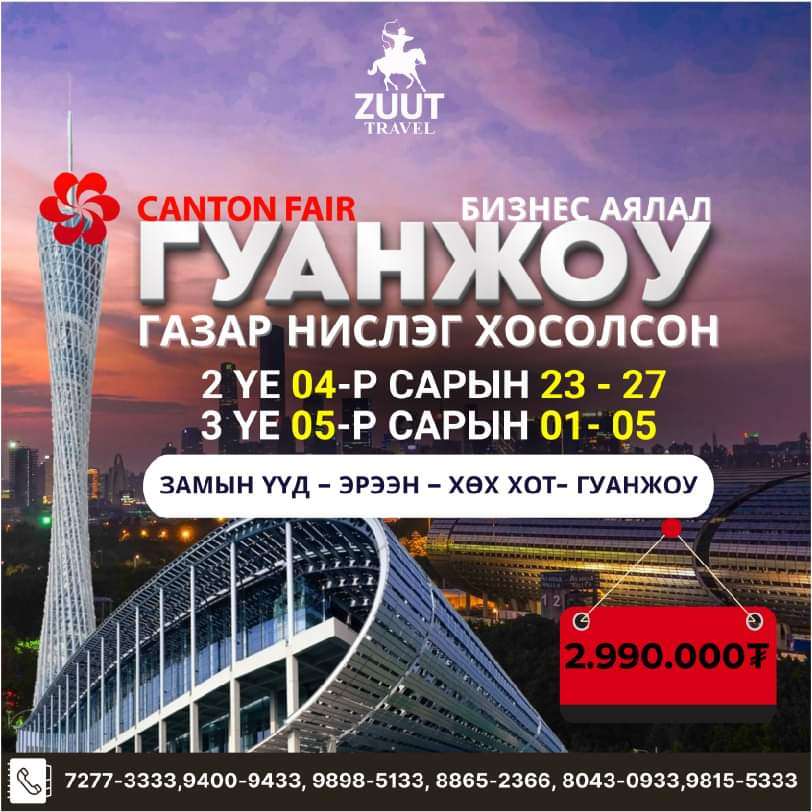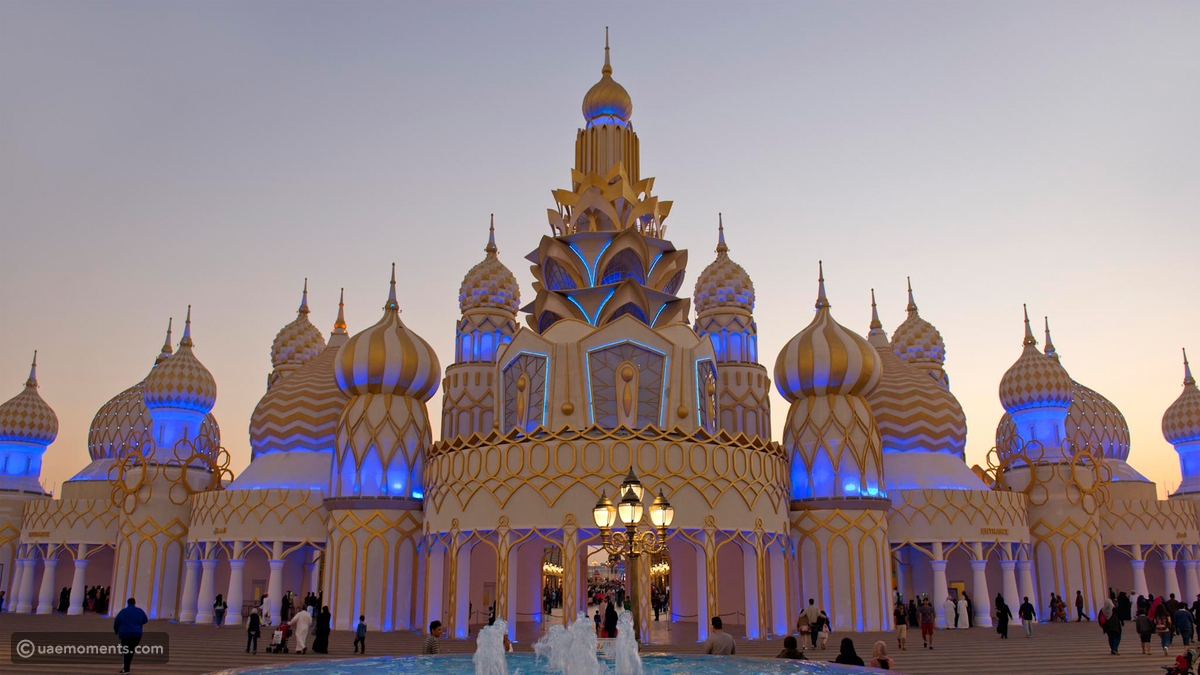- Нүүр хуудас
- Бидний тухай
-
Аялалууд
- Усан онгоцны аялал
- Жининь - Бээжин - Жанжакоу аялал
- Жининь - Хөх хот - Эрээн
- Жининь - Мини Аватар - Эрээн аялал
- Хөх хот- Мини аватар-Эрээн аялал
- Жининь - Мини Аватар - Ордос - Эрээн аялал
- Хайнаны Хайкоу шууд нислэгтэй
- Шанхай аялал
- Хайлаар-Манжуур
- Хайлаар-Манжуур
- Жанжиажэ аялал
- Хайнаны Саняа шууд нислэгтэй
- Жининь - Эрээн хотын аялал
- Казинотой Хөлөг онгоцны аялал
- Далянь
- Улаан хад - Бэйдахэ
- Холбоо барих
- Аяллын хуваарь
Танд санал болгох манай аяллууд


Хятад
10 өдөр9 шөнө2.990.000₮
Дэлгэрэнгүй
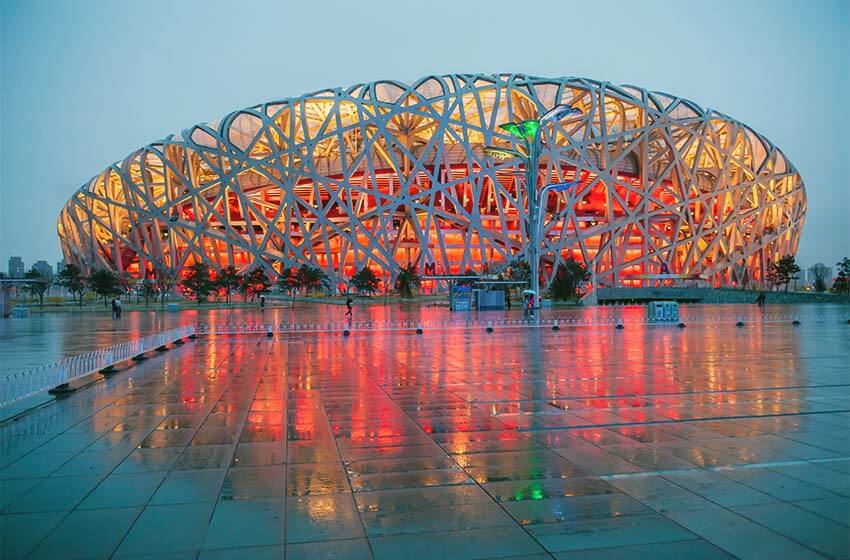
Хятад
8 өдөр7 шөнө1.590.000₮
Дэлгэрэнгүй
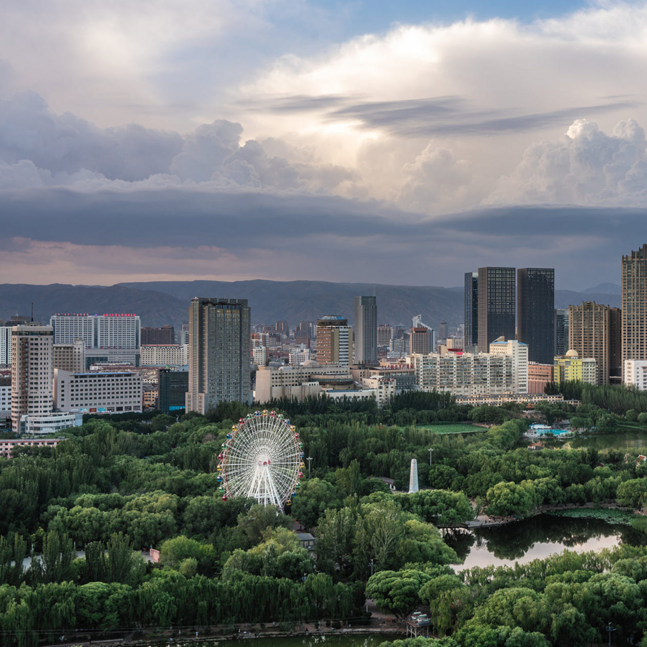
Хятад
7 өдөр6 шөнө810.000₮
Дэлгэрэнгүй
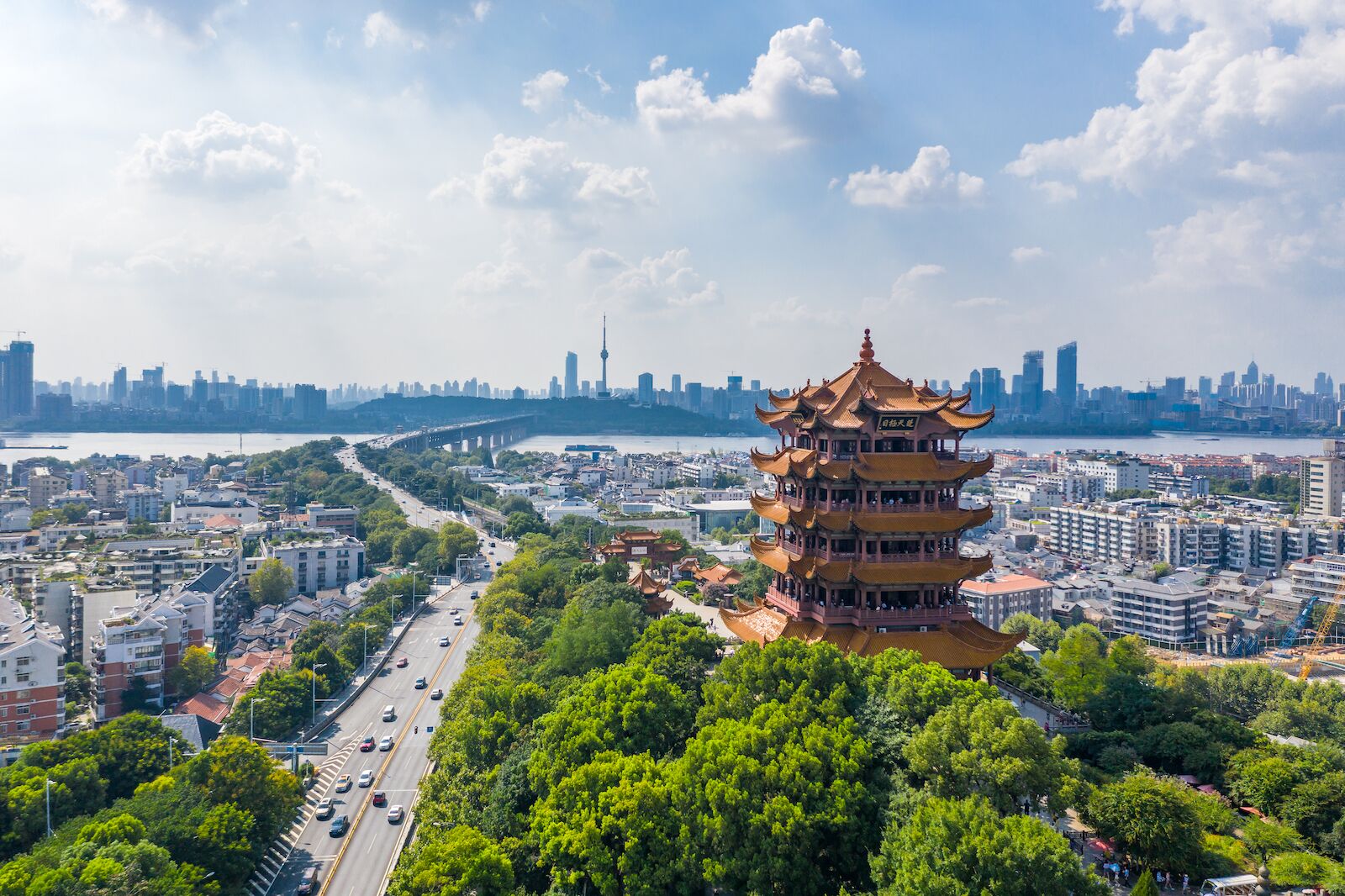
Хятад
7 өдөр6 шөнө920.000₮
Дэлгэрэнгүй
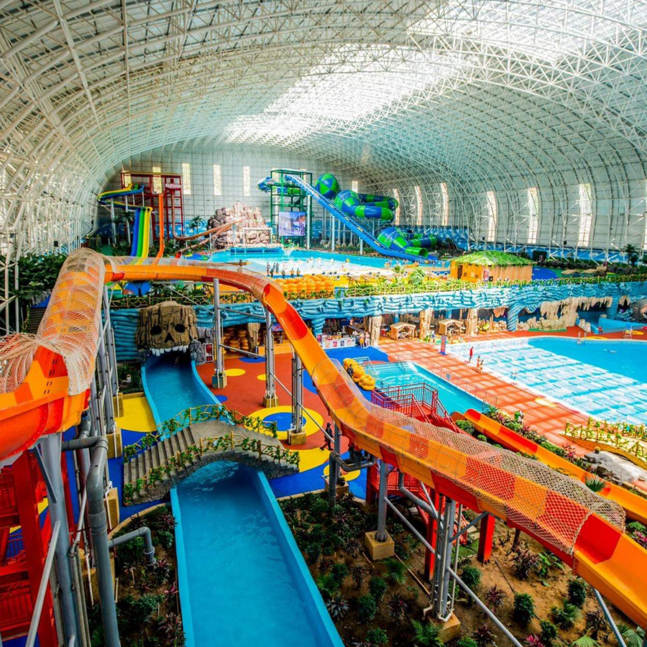
Хятад
7 өдөр6 шөнө890.000₮
Дэлгэрэнгүй
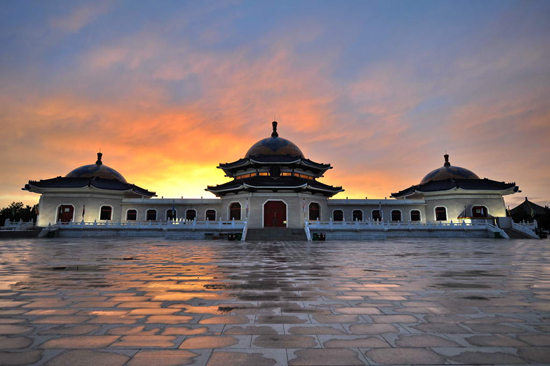
Хятад
8 өдөр7 шөнө1.100.000₮
Дэлгэрэнгүй

Хятад
8 өдөр7 шөнө3.490.000₮
Дэлгэрэнгүй
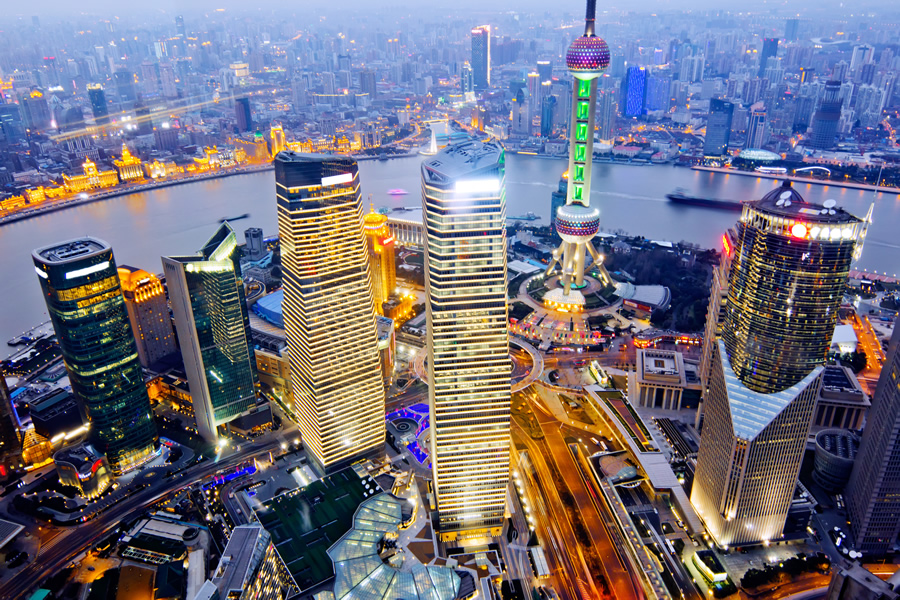
china
7 өдөр6 шөнө2.700.000₮ +Тийз
Дэлгэрэнгүй
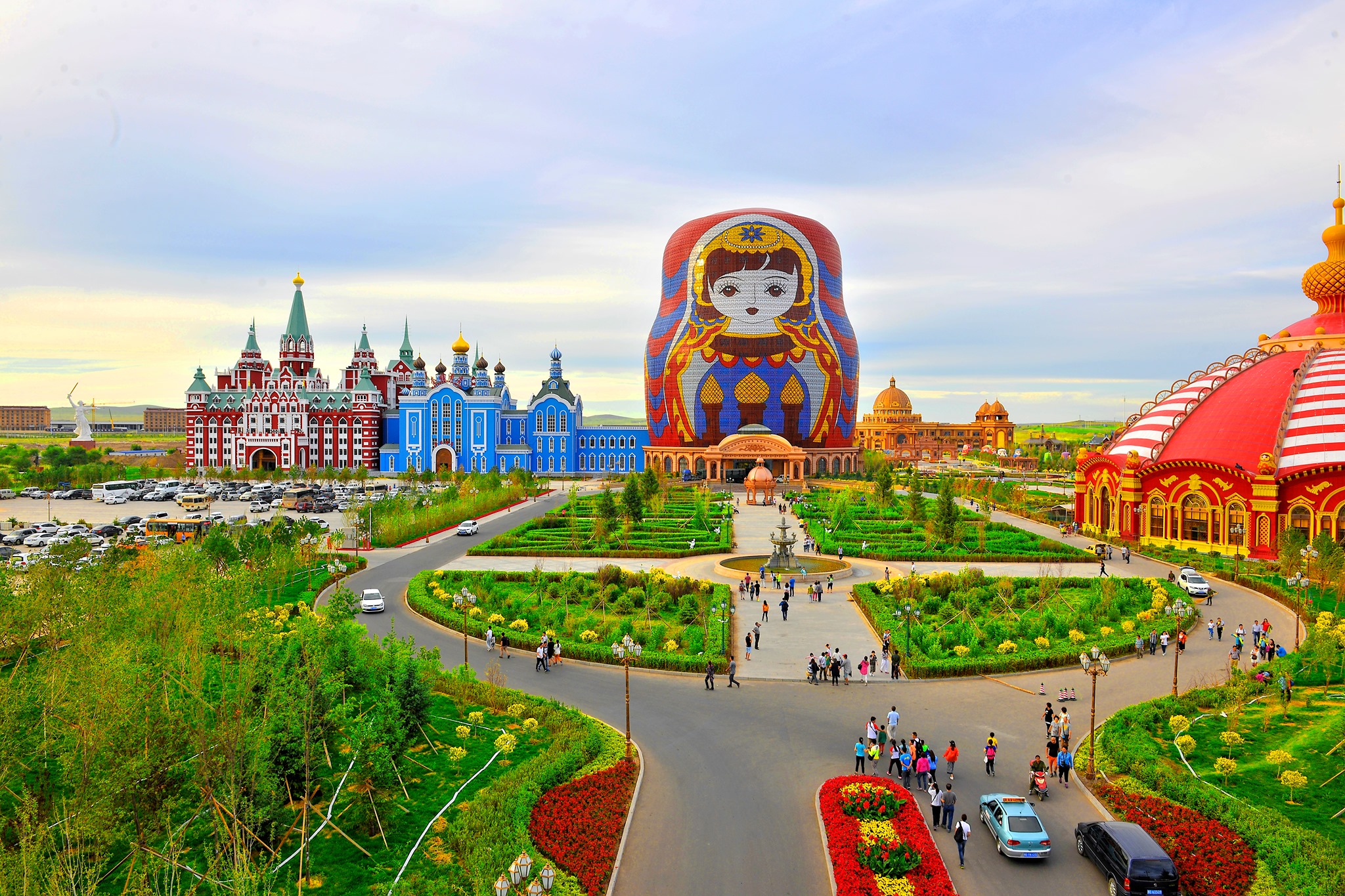
China
4 өдөр3 шөнө690.000₮
Дэлгэрэнгүй
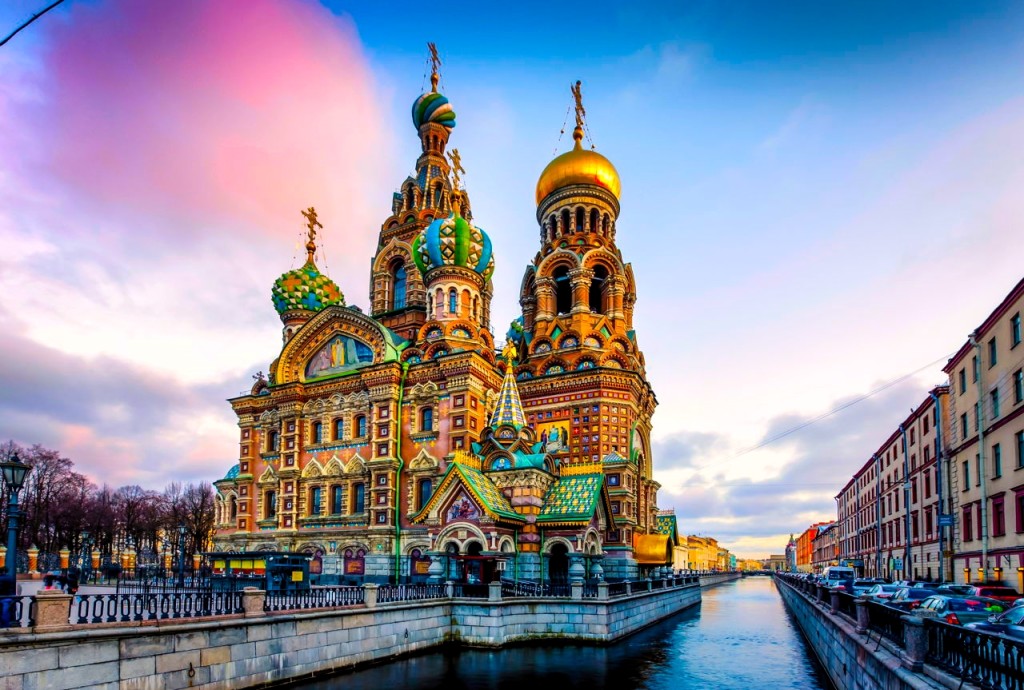
China
5 өдөр4 шөнө850.000₮
Дэлгэрэнгүй


